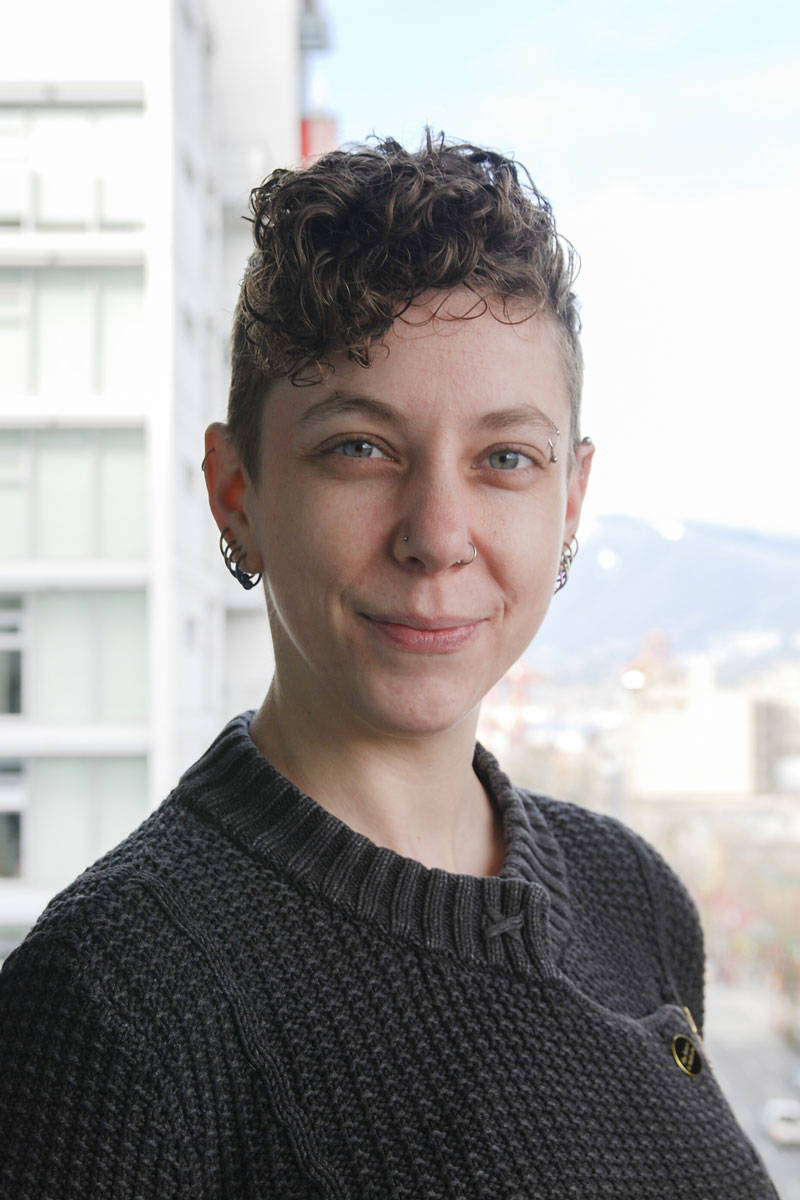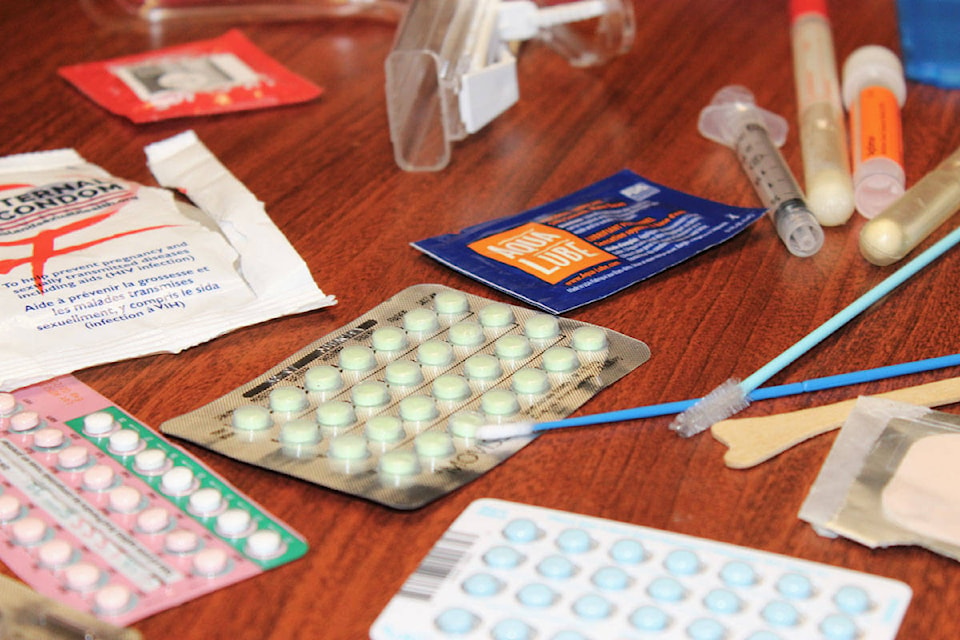This article is the first in a series looking at trans-inclusive reproductive health care in B.C. The next article in the series will focus on trans-inclusion in women’s clinics, find it in Wednesday’s edition of the Saanich News or online at saanichnews.com/tag/transgender-inclusive.
A.J. Lowik has been thinking about and working on trans-inclusive abortion services for about 12 years. At first, Lowik, who uses the gender-neutral pronoun they, couldn’t find any information or research on the subject and this inspired the journey. Lowik pursued their masters in sociology at York University and conducted research focused on trans folks’ access to abortion and their inclusion in spaces traditionally deemed to be women-only.
Lowik also produced the Trans-Inclusive Abortion Services manual which is used in clinics across Canada. They were later asked to create one for clinics in the U.S. as well.
Lowik is now a PhD candidate with the Institute for Gender, Race, Sexuality and Social Justice at the University of British Columbia. A lot has changed since Lowik started.
“Now the conversation is happening, people are more aware than ever that trans people need access to abortion care, many are interested in receiving training to equip themselves with the knowledge and skills necessary to provide abortion services in trans-inclusive ways,” they explained.
READ ALSO: UVic consulting on campus-wide gender inclusive washrooms
However, Lowik points out that the situation is still far from perfect. There are still a lot of folks facing many barriers when it comes to accessing non-judgmental and inclusive sexual health care and more specifically abortion care.
“Abortion is such a time-sensitive and for many, absolutely necessary health care need, many trans people will put up with poor treatment, including everything from misgendering to blatant transphobia, in order to access it,” Lowik noted.
On Salt Spring Island there is an Options for Sexual Health Clinic. They use gender-neutral language on their website and also state their definition of women is “intersectional and inclusive, including trans women, non-binary, agender, and all other self-identified women.”
Options acknowledged there are also men and non-binary folks who may have a uterus and therefore may need access to contraception, cervical screenings and pregnancy termination guidance. Options also co-authored the B.C.-specific trans-inclusive abortion care manual with Lowik.
While Options doesn’t perform abortions on location, staff will refer anyone who needs an abortion to a doctor or nurse who can perform the procedure. Patients on Salt Spring are referred to the Vancouver Island Women’s Clinic in View Royal as it’s the closest abortion clinic — it’s also the only one on Vancouver Island.
While not all clinics operate like Options, organizations such as the Abortion Rights Coalition of Canada and the National Abortion Federation, are working to make trans-inclusion a priority and encourage use of the manual, Lowik explained.
While things aren’t changing quickly, Lowik hopes this effort will have a trickle down effect and will eventually reach individual clinics.
This doesn’t mean that there hasn’t been resistance to the changes. This, said Lowik, likely stems from ignorance and fear.
READ ALSO: Still barriers to abortion access on Vancouver Island
“[Most are] ignorant to the fact that trans people need abortions in the first place, ignorant to their legal obligation to create trans-inclusive spaces and services, ignorant to what it would take to ensure that their space and services were inclusive; fearful about what trans-inclusion means for woman-centred or women-only policies; fearful about the challenge trans-inclusive poses to more narrowly defined and practised feminist politics and philosophies; fearful that they will do this thing called trans-inclusion incorrectly, which results in a general reluctance to try,” Lowik explained.
Lowik does in-person training for clinics interested in becoming more trans-inclusive. They don’t actively advertise this service as they are currently working on their PhD, but they go where they’re invited. In these spaces, folks have been receptive, said Lowik, but they feel that if they were reaching out to all clinics, they may see some more reluctance.
Even if a clinic makes some strides towards inclusion, there are still many barriers that trans folks face when it comes to sexual health and reproductive care — from working with women-only clinics to gendered billing codes to disclosing private information.
“It’s one thing to be accommodated because a provider philosophically understands that not only women need abortions. It’s another thing to have a provider anticipate your arrival, expect you to be in their space as a trans person, and work to dismantle the barriers that they may face,” Lowik explained.
@devonscarlett
devon.bidal@saanichnews.com
Like us on Facebook and follow us on Twitter.

